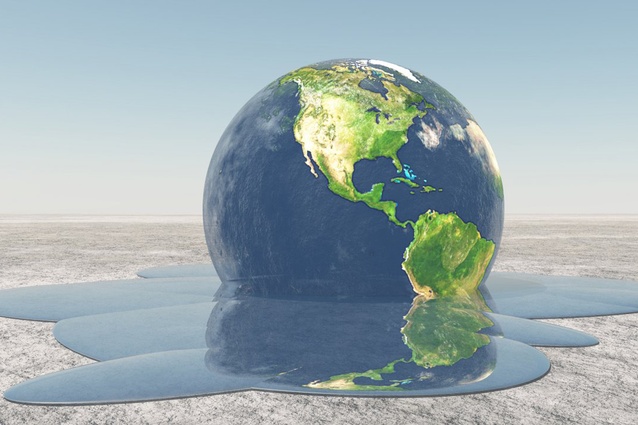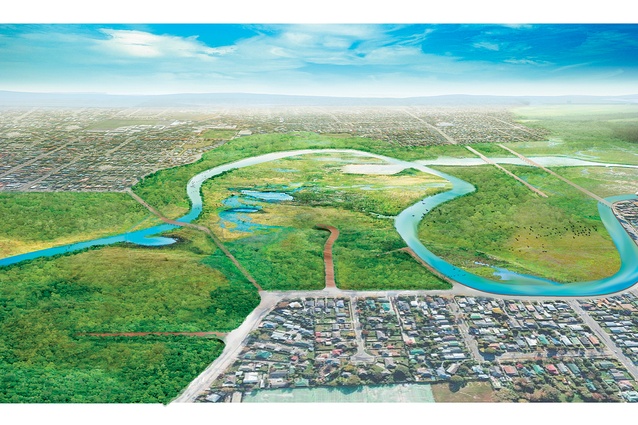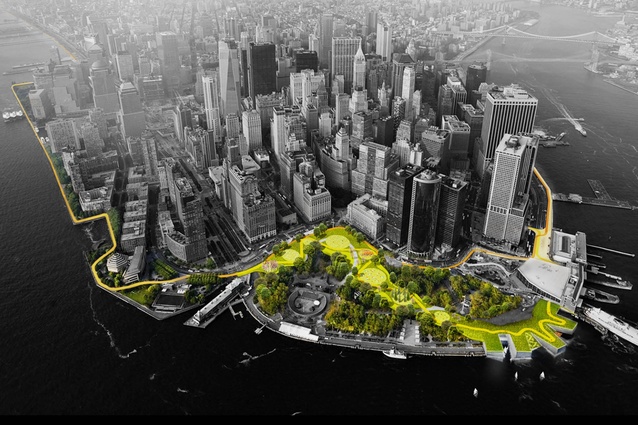Suicidal denial
While people around the world are discussing the COP21, the world climate summit in Paris, the people of Christchurch are more concerned with their property values.
A recent report estimates that some 18,000 houses in the lower river Avon area will be affected by sea-level rise and coastal erosion due to the changing climate. The study was intended to back the city’s new District Plan, which includes policies on unforeseen natural disasters. However, homeowners were outraged about the potential devaluation of their properties, if the property’s exposure to flooding appeared on the LIM notations.
As we all know, property values are very sacred in New Zealand and, therefore, action was taken and the Government removed the proposed coastal hazards provisions from Christchurch’s District Plan. Everybody seems to be happier now: the climate may change everywhere else, but not in Canterbury.
The City Council wrote a disclaimer stating that “although the report was the basis for the notification of the proposed changes to the District Plan, removing the coastal hazard provisions from the District Plan process does not change the information in the report”1 – an awkward way to hedge their bets by not affecting property values while also removing any liability this action could cause in the future.
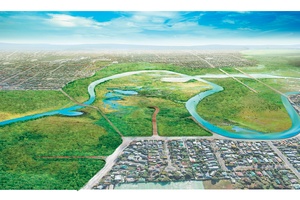
The Government, the real estate industry, and the rest of the denialists want to make climate change vanish – making it a problem for future generations, keeping business as usual at all costs. Therefore, the good people of Christchurch get contradicting statements instead of the proper leadership that is required in times of unprecedented change.
An example of leadership can be studied in New York City after Hurricane Sandy hit its shores in 2012. The mayor at the time, Michael Bloomberg, actuated the city’s authorities who compiled the guidebook “A Stronger, More Resilient New York” in less than eight months. Four months later, the results of a global architectural competition “Rebuild by Design” were exhibited and demonstrated a coastline that was not only more resilient, but also more liveable.
Since June 2014 (20 months after Sandy) a holistic group led by Danish architect Bjarke Ingels has been in charge of implementing a new-generation flood protection around lower Manhattan for US $335 million. In comparison to what has happened in the five years since the earthquakes in Christchurch, that is pretty amazing. Here in New Zealand, the domain of the inter-connected engineering firms, it would even be audacious to assume that a (foreign) architect would be included in the project!
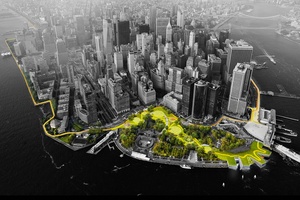
Even more can be learnt from post-Sandy America, where the Federal Emergency Management Authority (FEMA) created the Hazard Mitigation Grant Program (HMGP). This program is designed to address a managed retreat. They are buying out clusters of homes in flood-prone areas at pre-disaster prizes, and reverse-engineering the former residential precinct to turn the land into a natural buffer against the next storm-surge. For all Kiwi property gamblers that may want to seize the opportunity, I’ll repeat: an HMGP buyout mandates that the land is to be converted to open space in perpetuity.
It is about time to face reality: a NASA study recently declared the melt-down of the West Antarctic Ice Sheet as “unstoppable”. The water that will be released from it alone will raise the sea level by 1.2 metres. Similar processes will occur on the whole planet in the coming decades. Therefore, I’m asking: why do we shy away from tackling the task?
Why do we refuse to apply innovative thinking to solve unparalleled problems? If the Government hasn’t enough money, why do we allow the insurance industry to take our premiums and do nothing? In my opinion, the insurers should be invited into a more active role by investing into creative strategies for more resilience along New Zealand’s shores. New York leads the way: this is as much a design task as it is about engineering. A resilient city ought to be beautiful – to raise the property values.
1. www.ccc.govt.nz/assets/Documents/Environment/Land/The-removal-of-coastal-hazards-from-the-District-Plan-review-process-October-2015.pdf. Retrieved 03 Nov 2015

